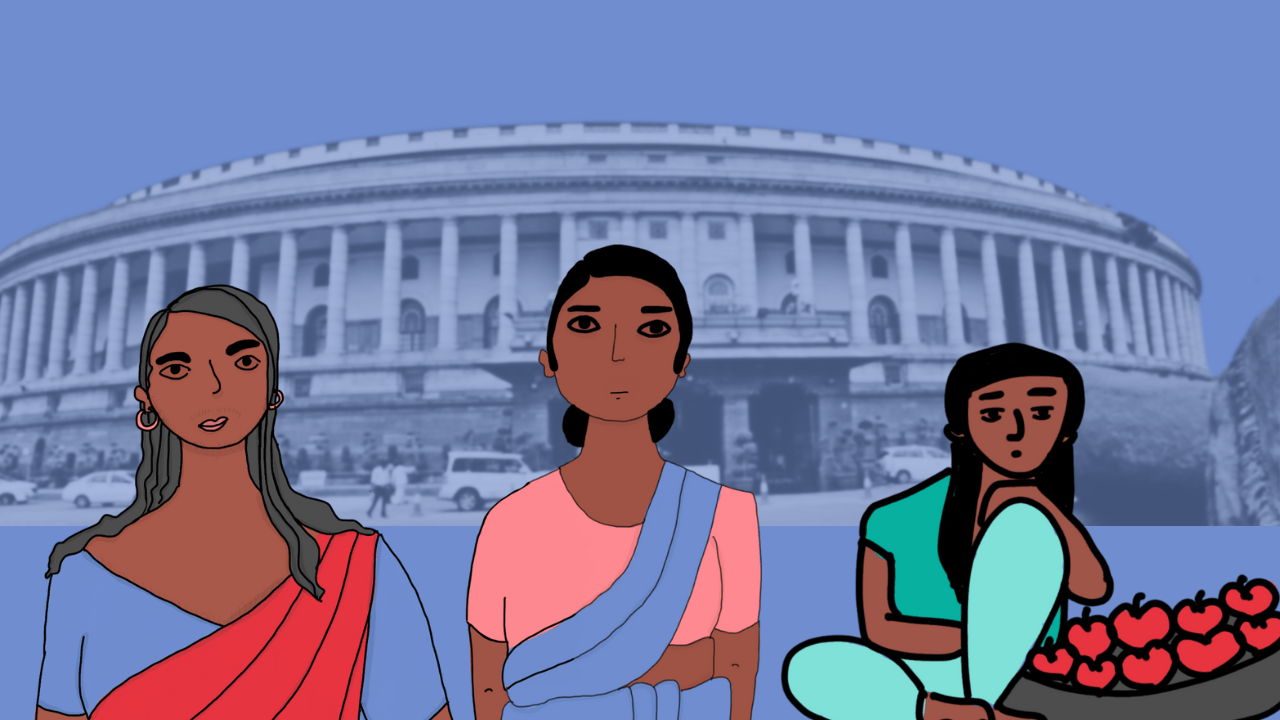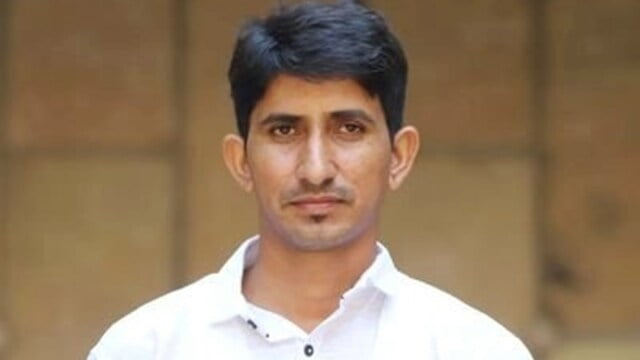In the Tribal belt of Southern Rajasthan, electoral contests could have far reaching implications for the political and social fabric of the region. The Banswara-Dungarpur Lok Sabha seat, which is reserved for Scheduled Tribes, has emerged as an unexpected battleground between the newly formed Bharat Adivasi Party (BAP) against the BJP’s formidable election machinery, with the Congress supporting the young face of BAP.
The question of Adivasi identity, self-respect and constitutional rights are fundamental issues at the core of this contest which makes it more important.
The question of Adivasi identity, self-respect and constitutional rights are fundamental issues at the core of this contest which makes it more important. With the competing narratives, Banswara-Dungarpur has become a hot seat, attracting the attention all over the India.
The Adivasi awakening
For decades, the tribal communities here had voted for either the BJP or Congress, despite the continued miserable socio-economic conditions. But the rise of BAP under the leadership of Rajkumar Roat and others has led to an Adivasi awareness across the region. Roat’s oratory skills and his party’s focus on tribal identity politics have impressed a large section of the youth who were disappointed by the false promises of mainstream parties.
Rajkumar Roat, Lok sabha election candidate from BAP addresses the public in a rally ‘We will no longer be caught in the BJP-Congress trap in which they constantly betray us. BAP is the only party which can fight for our jal, jungle, zameen’. His rallies have emerged as a mix of Adivasi pride and anger against having been reduced to second-class citizens in their own land and the apathy of past governments.
BAP’s continuous resistance to what it call as ‘brahminical hegemonistic forces’ is it in total contrast to the rhetoric of tribal outreach efforts by BJP and RSS’s Vanvasi Kalyan Parishad (VKP). The VKP’s ‘ghar wapsi’ campaigns among tribals in neighboring regions resulted into the perception that this campaign is to undermine their distinct way of life, cultural traditions and constitutional status. BJP is accusing the BAP of promoting separatism and of being anti-Hindu and anti-national on the behalf of Christian missionaries.
The outsider inside
In this tough contest, the BJP has fielded Mahendrajit Singh Malviya, the 63-year-old former Congressman who joined the BJP party just months ahead of the polls along with his wife Resham and their supporters. For three decades, Malviya exercised a stronghold over the region’s tribal politics and was the Congress’s most prominent face in this region. His defection has made the contest even more engrossing with his personal charisma and grassroots connect. However, BJP’s local units are not happy with Malviya’s entry into BJP as for decades thier campaigns were against him and their relations are not good with Malviya.
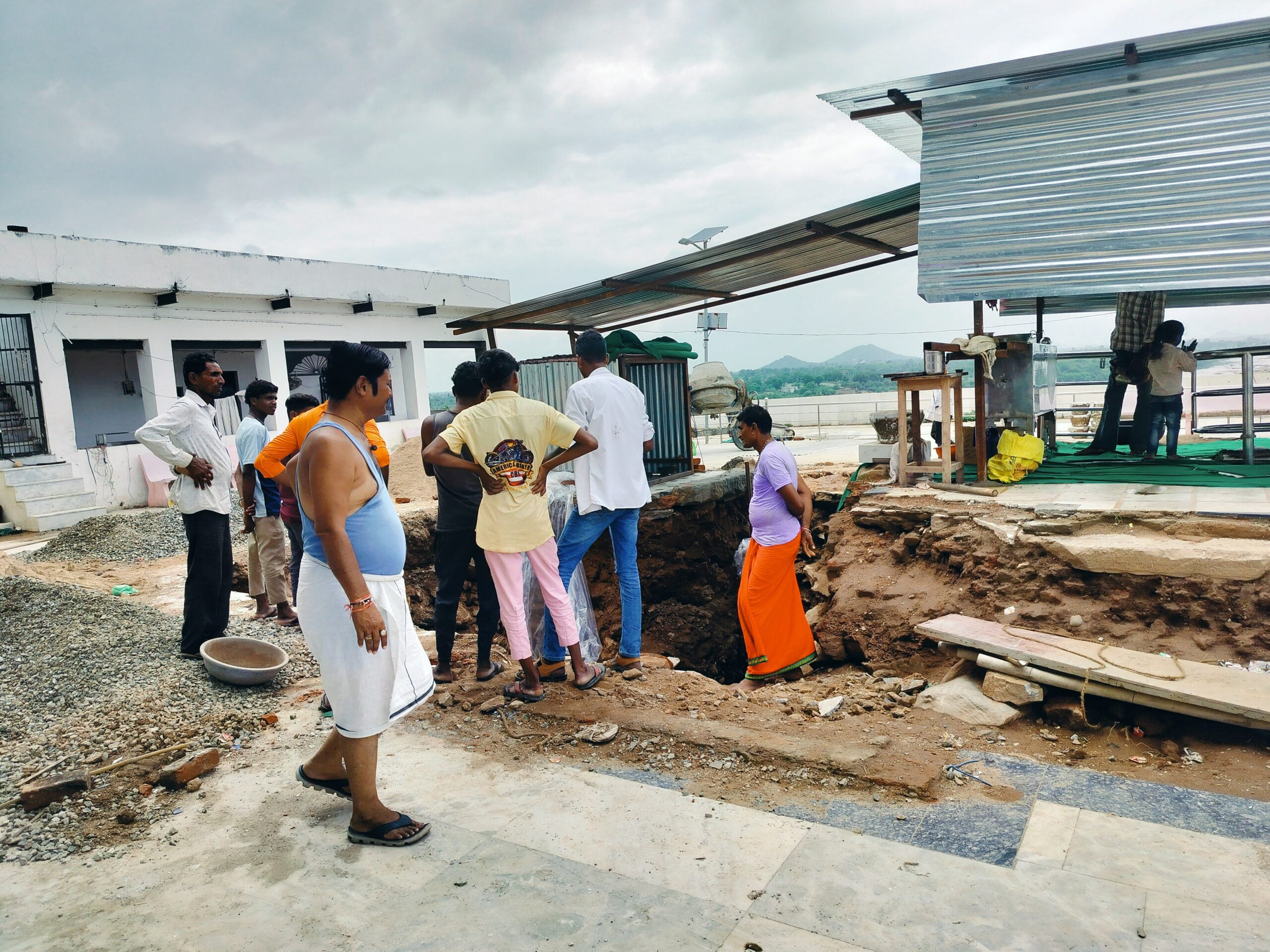
If the BJP is facing the internal fissures around Malviya’s induction, the Congress finds itself in an even harder situation. After weeks of intense negotiations, the party finally agreed to support BAP’s Rajkumar Roat as its official candidate from the seat, just a day before the last day to withdraw the nominations. However, their own previous nominee Arvind Damor refused to withdraw his candidature and fought the election on the symbol of Congress.
These events gave BJP the fodder to ridicule the Congress and also exposed organisational disarray in the Congress ranks at the grassroots level. While the central leadership has backed BAP, many local Congressmen openly admit being uncomfortable giving their space to an emerging party with whom they have ideological differences. There are apprehensions that even Congress voters may cross-vote for Malviya given the perception of him being a strong leader against BAP.
Tushar Parmar, former president of Seth Bhogi Lal Pandeya (SBP) college from BAP’s student wing, told us that ‘The confusing signals from Congress have already created trust deficiency among tribals who see it as yet another instance of a big party using them as pawns.’
Battle for hearts and minds
For now, the optics seem tilted in favour of BAP’s strident Adivasi positioning. Even Prime Minister Narendra Modi’s decision to hold a massively-hyped rally in Banswara district is attributed by many to the BJP’s desperation to counter the rising BAP influence over the core tribal vote bank.

BAP’s committed army of youth activists has certainly succeeded in setting the terms of the electoral discourse. Discussions around issues like Prevention of Anti-National and Anti-Terrorism Act (PANTA) and Habitual Offenders Act – allegedly misused frequently against tribals – and the Party’s persistent demand for the abrogation of the “draconian” Constitutionally Empowered Commission to Protect Land Rights of Scheduled Tribes have acquired centre stage in the poll campaigning.
The decades-old VHP-VKP influence and RSS’s outreach programs in the region have also come under scrutiny like never before. BAP has sought to lay bare the Sangh’s so-called “civilising mission” by castigating it as a cultural onslaught on indigenous Adivasi traditions and belief systems.
Rajkumar Roat said ‘Those who try to ghetto-ise us as Vanvasis do not realise the historical truth that we were the original inhabitants of these lands before the Vedic Aryan influx from across the Hindukush’ in a public rally.
BJP campaigners also include pernicious tactics like fueling Muslim-phobic rumors to drive a wedge between tribals and other marginalised groups potentially sympathetic to BAP’s anti-establishment pitch.
BJP campaigners also include pernicious tactics like fueling Muslim-phobic rumors to drive a wedge between tribals and other marginalised groups potentially sympathetic to BAP’s anti-establishment pitch.
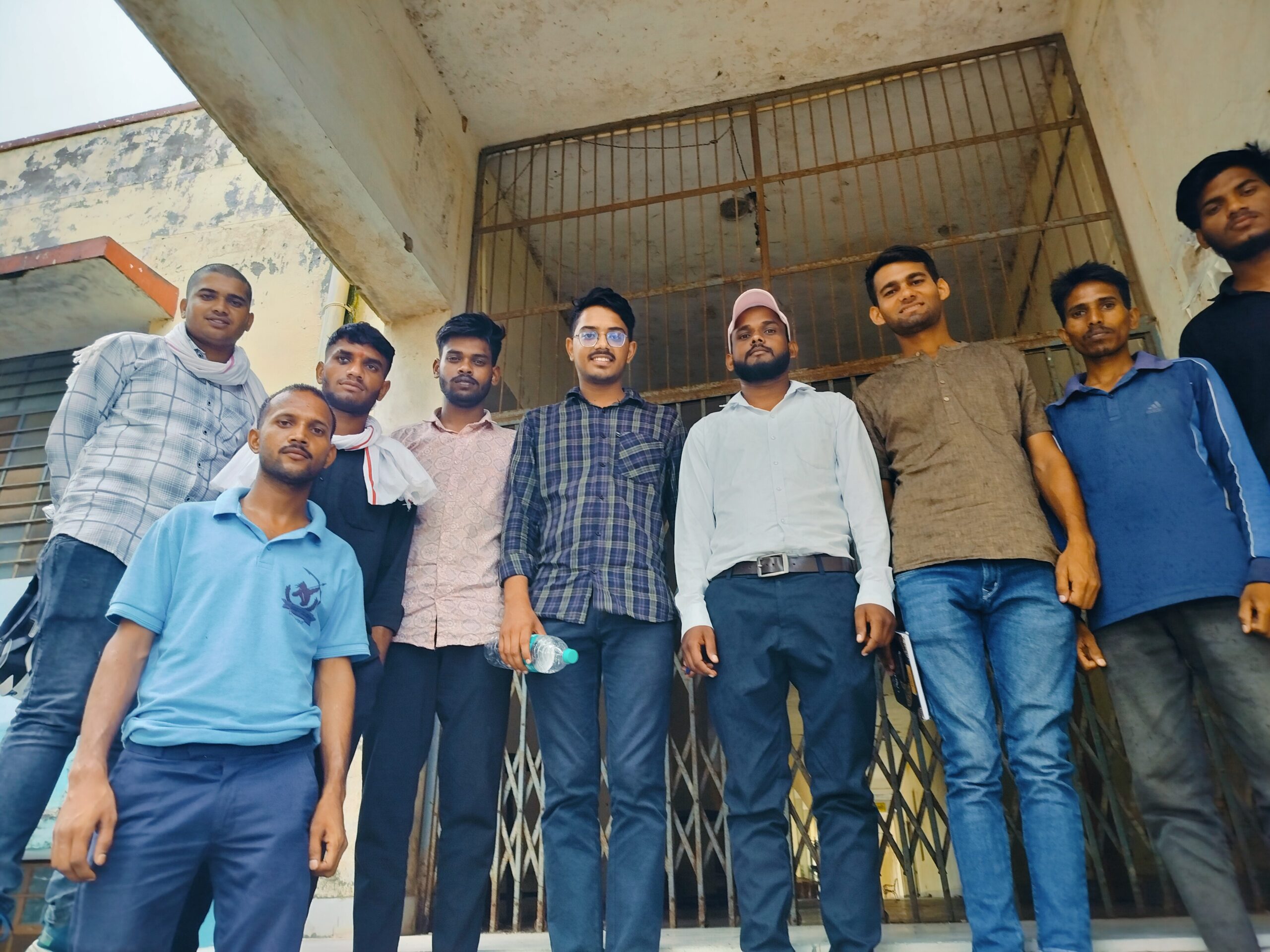
Regional Hindu caste outfits too have jumped into the fray. Upper castes are campaigning aggressively against BAP saying their agenda will deprive the poor among the upper castes of their basic rights. This has added another dimension to the ongoing situation.
‘Rajukumar Roat is someone from our own community who understands our pain, our struggles against a loaded system. We see ourselves in him and that’s why we are putting our weight behind this battle for identity and rights,’ says Tushar to FII.
The BJP, however, continues to peddle its “development” agenda by showcasing its welfare initiatives, rural road construction and provision of power supply to far-flung hamlets as the real issues. Its campaign managers portray Malviya as the “viable” and “experienced” choice over an “irresponsible” Roat whose lofty promises could remain unfulfilled.
The BJP, however, continues to peddle its “development” agenda by showcasing its welfare initiatives, rural road construction and provision of power supply to far-flung hamlets as the real issues.
For his part, the Malviya has attempted to rebrand himself as a moderate Hindutva face, trying to co-opt parts of BAP’s rhetoric to expand his appeal beyond just committed BJP voters. At rallies, he liberally peppers his speech with tribal references and cultural anecdotes to connect with the Adivasi psyche. ‘This young man thinks he can become a big leader by borrowing Muslim legacies and distancing his people from the Hindu mainstream. I will make him realise him the reality!’ Malviya says at another rally.
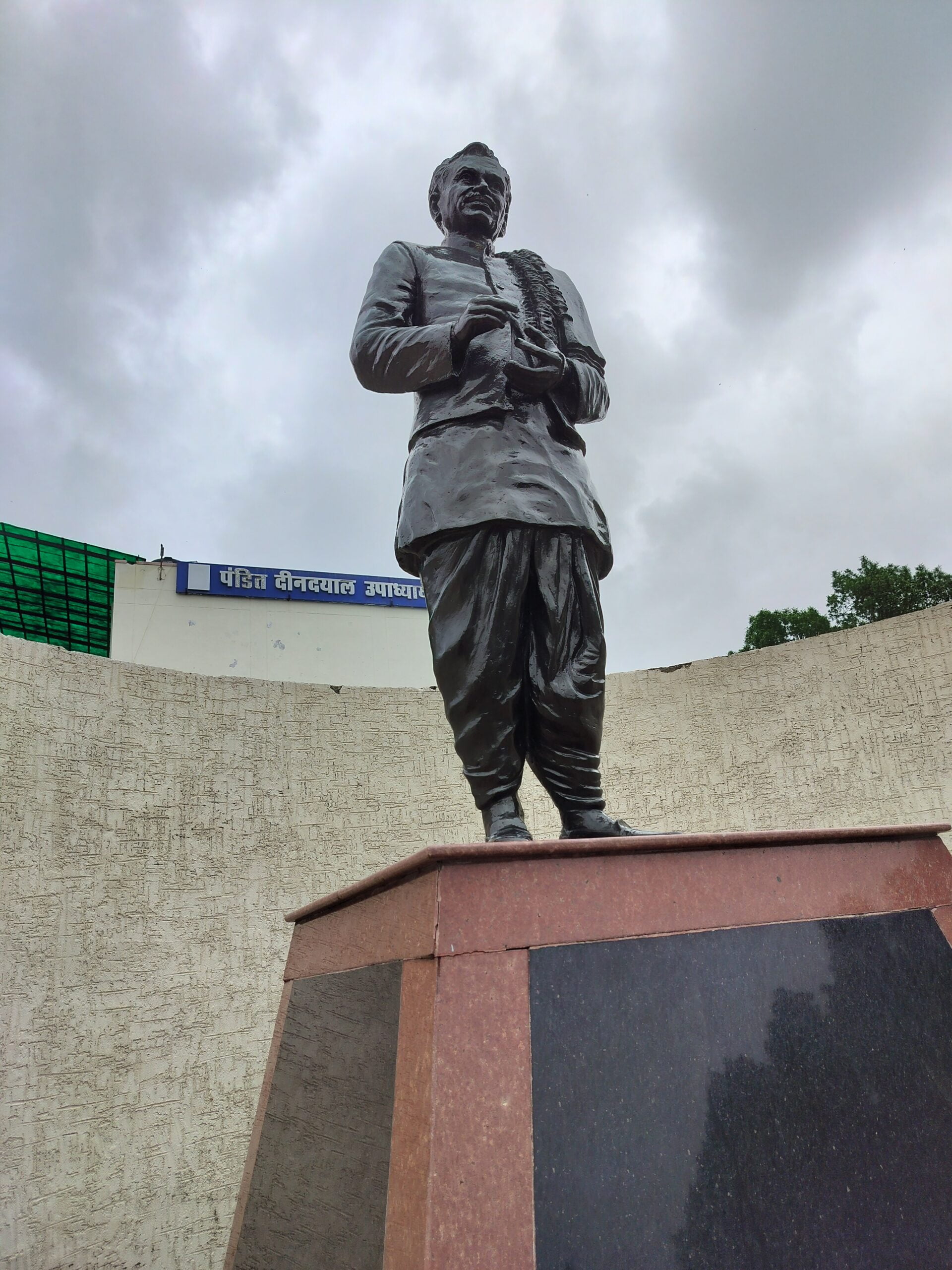
Anand Ninama, ABVP Banswara’s Jila Sanyojak told FII that ‘BJP is also advocating for rights over jal, jangal, zameen. But we need to fight this battle through constitutional means, not by getting instigated into separatism by forces wanting to divide the nation.’
For the Muslim and Christian tribal populations, though, Roat has emerged as a mascot of secularism and social justice. Madrassas and missionaries have seemingly thrown their weight behind amplifying BAP’s voice.
The non-tribal vote split
With a substantial chunk of over 2 lakh non-Adivasi voters across communities like Gujars, Patels, Rajputs, Brahmins and others, the BJP had carefully calibrated their campaign pitch. These groups, which wield considerable influence in parts of the constituency like Kushalgarh, could prove decisive in swinging the verdict.
With a substantial chunk of over 2 lakh non-Adivasi voters across communities like Gujars, Patels, Rajputs, Brahmins and others, the BJP had carefully calibrated their campaign pitch.
For the BJP, the task is about retaining their 2019 highpoint when they mopped up nearly 40% of the non-tribal votes. Having Malviya on their side could prove advantageous in cementing the consolidation further. His established equations with non-Adivasi influencers and his frequent invocation of “sabka saath” is significant.

Kamal Mehta, assistant professor of political science at Govt. college Dungarpur, told FII, ‘BAP’s outreach among non-tribals remains limited for now. While it has mustered support from some Muslim quarters, its aggressive overtly pro-tribal positioning has engendered skepticism among others.’
Perhaps conscious of this vulnerability, Roat has sought to broaden his party’s appeal by attacking both national parties for their “betrayal” of the poor and underprivileged across communities. His campaign narrative has increasingly gravitated towards portraying BAP as an avatar of social revolution for the “aam insaan” wronged by entrenched elites.
His campaign narrative has increasingly gravitated towards portraying BAP as an avatar of social revolution for the “aam insaan” wronged by entrenched elites.
‘Don’t be misled into thinking this is just a fight for Adivasi rights. We are batting for all those whose land rights, water rights, forest rights have been trampled upon by successive regimes deaf to the woes of the oppressed masses,’ he claims at a public meeting.
Beneath this roiling sea of rhetorical crosscurrents, the Adivasi electorate continues to simmer with pent-up resentments over being given short shrift by the government and their systematic exclusion from the fruits of economic development. Large swathes of the tribal belt have remained impoverished and denied even basic healthcare, education and amenities. For them, Roat represents hope for societal transformation.

As the high-octane polls reach their crescendo, the numerous sub-strains and cross-currents within the overarching binaries have only intensified the uncertainties. Will tribal consolidation behind BAP’s battle for preserving Adivasi identity prove decisive? Or will the BJP’s formidable organisational muscle and Malviya’s entrenched networks work for them? Regardless of who emerges victorious, one thing appears certain – Banswara-Dungarpur has served notice that tribal aspirations can no longer be taken for granted by the mainstream discourse.
About the author(s)
Rahul is a PhD candidate at the Department of Humanities and Social Sciences, MNIT Jaipur. His research focuses on democratic decentralization, local governance, and political-administrative dichotomies. He is also interested in contemporary Indian socio-political thought and alternate histories, particularly those highlighting social and spatial marginality. Rahul holds a master's degree from the Faculty of Social Sciences at South Asian University. He has a deep passion for Hindi literature and enjoys discussing it at length.
